Discover History
The cultural history of the Midewin site prior to its designation as a national tallgrass prairie in 1996 can be divided into three broad periods of time. Each of these periods have left their mark on the Midewin landscape and will affect aspects of Midewin's restoration.
Before Euro-American Settlement
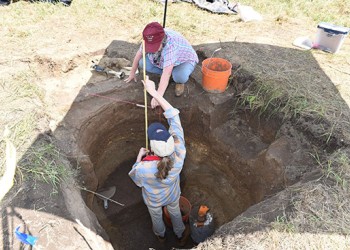
Several Native American cultures had lived or were living in the tallgrass prairie region a long time before Euro-American settlers arrived.
After Euro-American Settlement
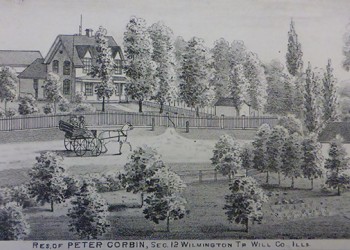
Early in the 19th century, European and American settlers began moving into southern Illinois and making their way north into the Great Lakes region. The Illinois Territory was established by Congress in 1809, followed by statehood in 1818.
Joliet Army Ammunition Plant
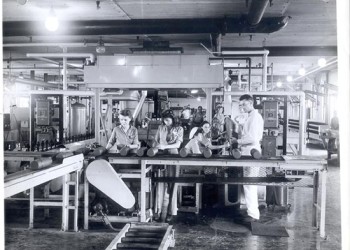
In increments, land where the Joliet Army Ammunition Plant was active during WWII is being transferred from the U.S. Army to the USDA Forest Service. So far, 18,500 acres have been transferred.
Bunker Graffitti
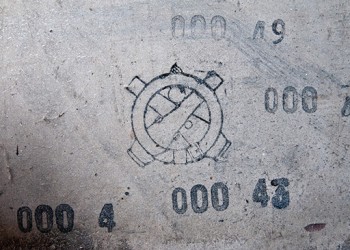
From poetry to math problems, from names of hometowns to depictions of 1940s pin-up models, drawings and messages on the walls of bunkers where TNT was once stored is the only trace left behind of the workers who once meticulously toiled on this land in support of war efforts in WWII, the Korean War, the war in Vietnam and more.
Silver Anniversary - 25 Years of Restoration Timeline
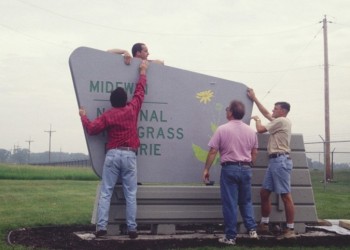
Over time, land where the Joliet Army Ammunition Plant was instrumental during WWII, the Korean War and more, will be transferred from the U.S. Army to the USDA Forest Service. So far, approximately 18,500 acres of land have been transferred. Four key are identified in the legislation, including: (1) Restoration; (2) Recreation; (3) Agriculture; and (4) Research and Education.
Silver Anniversary: 2006 Story Board Quilts
In 2006, volunteers created “story board” quilts featuring Midewin NTP past, present and future.












